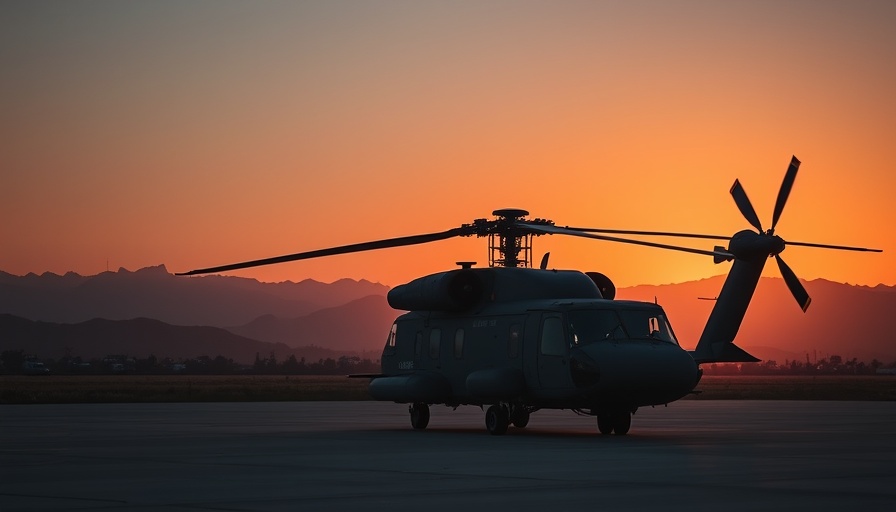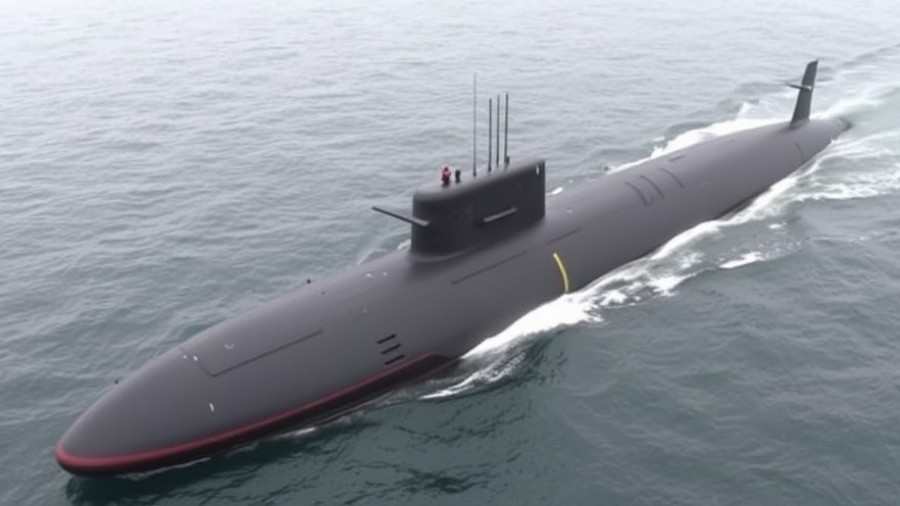
A New Era in Heavy-Lift Helicopters: The CH-53K King Stallion in Europe
Sikorsky’s CH-53K King Stallion has emerged as a potential game-changer for the European defense landscape. This heavy-lift helicopter, designed to meet the rigorous needs of the U.S. Marine Corps, is drawing attention from European military leaders who are reevaluating their capabilities amidst shifting geopolitical realities. Frank Crisafulli, a director at Lockheed Martin, articulated this sentiment during the Paris Air Show, stating, "We see Europe as fertile ground for the heavy-lift platform."
Why Europe is Eyeing the King Stallion
The strategic autonomy in Europe has heightened interest in robust military solutions such as the King Stallion. With escalating tensions, particularly in Eastern Europe, nations are keen to enhance their operational capabilities. The chopper's impressive specifications, including a capacity to lift up to 36,000 pounds, demonstrate its suitability for complex missions ranging from humanitarian aid to special operations.
Moreover, the CH-53K is designed with a simpler construction, boasting 63% fewer parts compared to its predecessor, the CH-53E. This engineering breakthrough not only promises improved reliability but potentially lower maintenance costs — a crucial factor for budget-conscious European nations amidst economic constraints.
Complementary Heavy-Lift Capabilities: CH-47 Chinook vs. CH-53K
The recent decision by the German Air Force to opt for the Boeing CH-47F Block II Chinook over the CH-53K raises interesting dynamics. While the Chinook has a maximum lift capacity of 27,700 pounds and is well-suited for troop transport, it lacks the heavy-lift prowess of the King Stallion. Crisafulli emphasized that both helicopters could coexist effectively, as they provide complementary capabilities tailored to different mission requirements.
As the U.S. has demonstrated, the integration of both aircraft into a cohesive airlift strategy maximizes their strengths, enabling forces to conduct diversified operations such as casualty evacuation, troop transport, and cargo delivery. This strategic versatility is vital as European nations reassess their defense strategies against a backdrop of uncertainty.
Meeting European Military Requirements
Crisafulli pointed to several attributes that make the CH-53K ideally suited for European missions. Its range, speed, and fly-by-wire control system allow for enhanced operational flexibility. Furthermore, the King Stallion excels in multi-role functionality, impacting not just heavy lifts but also firefighting and humanitarian relief missions.
As countries seek to do more with less, the ability of the CH-53K to adapt to various operational contexts positions it as a vital asset for nations grappling with the need for efficient, cost-effective military solutions.
Looking Ahead: The Future of Heavy-Lift in Europe
As Europe navigates its evolving security landscape, the CH-53K King Stallion stands out as a compelling option for enhancing military readiness and capability. Decisions on helicopter procurement will reflect each nation’s priorities, and the King Stallion’s attributes suggest a strong potential role in collective European defense strategies.
The immediate future may see nations racing towards procurement solutions, balancing the pressures of economic viability with the need for advanced military capabilities. As highlighted by Crisafulli, this aircraft is not just a heavy-lift platform but a versatile tool for meeting multifaceted military ambitions.
As tensions persist and fiscal constraints remain a backdrop, the greater focus on helicopter capabilities signals a new chapter in European defense — one where the CH-53K King Stallion could play an increasingly significant role in shaping the balance of power and capability on the continent.
 Add Row
Add Row  Add
Add 




Write A Comment